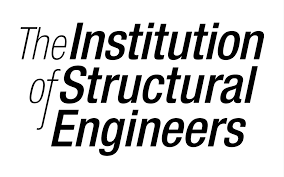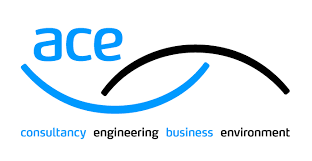Introduction
The term “outdoor work” refers to any external works done in a project’s external environment. These can be in working or aesthetic qualities.
BRE describes outdoor work as: ‘Providing utilities (such as gas, electricity and cable services) outside the building steps but including all equipment, wastewater and surface drains within the site limits. Access to vehicles, including sidewalks, and car parks and parking lots. ‘(Ref: BRE building element: foundations, basement and outdoor work)
New RICS Measurement Rules Part 3 (NRM3) Provides Guidance on Outdoor Tasks, Ranked:
- Site preparation works.
- Roads, paths, paving sand surfacings.
- Soft landscaping, planting and irrigation systems.
- Fencing, railings and walls.
- External fixtures.
- External drainage.
- External services.
- Minor building works and ancillary buildings.


Site preparation works
Site clearance and preparation are usually required before construction can begin. Can join
- Removal of any vegetation including roots.
- Levelling the site to a roughly even gradient, or modelling the site to create the desired form.
- Setting out and trench
- Establishing site offices, welfare facilities, storage, access routes, and so on.


Roads, paths, paving’s, and surfacing’s
Exterior areas around buildings require hard-standing areas and surfacing features for use by labourers, pedestrians and vehicles. These may include:
- Paving, kerbs, and edging.
- Asphalt or block surfacing to driveways, footpaths, car parks and roads.
- Timber decking, handrails and balustrades.
- Patios, platforms and so on.
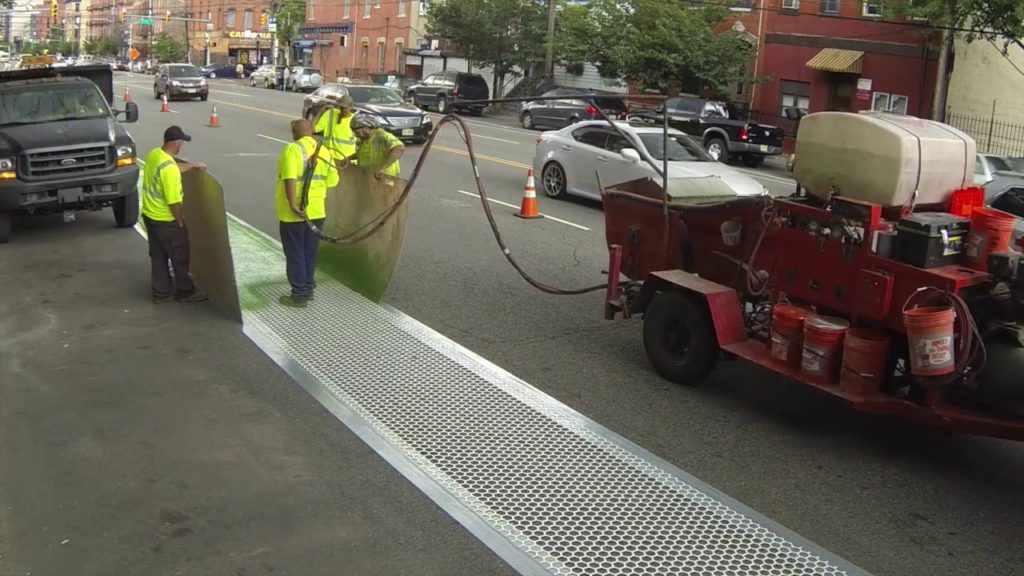

Soft landscaping, planting and irrigation systems
Softening or soft landscape encompasses the life of all kinds of plants, from flowers and trees to shrubs and ground scores. It changes and evolves naturally over time, which is driven by climate, time of year and other conditions. Careful consideration should be given to the amount of care that these elements will need to be in good management. Read more about landscape design here.
Irrigation systems can be used for gardens and outdoor areas to automate water processes. The most common forms are drop irrigation systems that release precise water to the roots of plants, and a micro-spray system that delivers excellent water spray at a particular location. The benefit of installing such systems is their efficiency, which reduces water use by up to 90% compared to conventional garden tubes.
Fencing, railings and walls
They can be used to prevent or cut off access to unwanted pedestrians or vehicles, to provide privacy, detailing areas and so on. They can be lower-level such as wood palisade fencings, or high levels protective fencing such as concrete or metal posts and wire mesh. Iron fencing can be removed with spikes or pointed designs, and features such as razor wire and anti-mounting paint can be used to reduce scalability.
Need to maintain walls to prevent ground slippery or heavy.
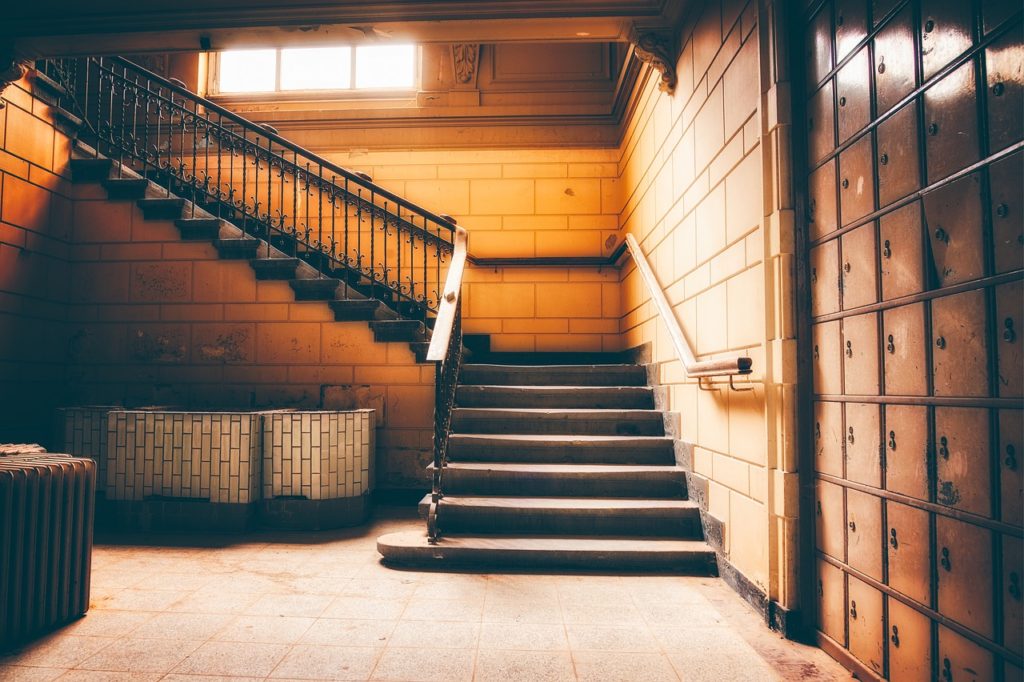
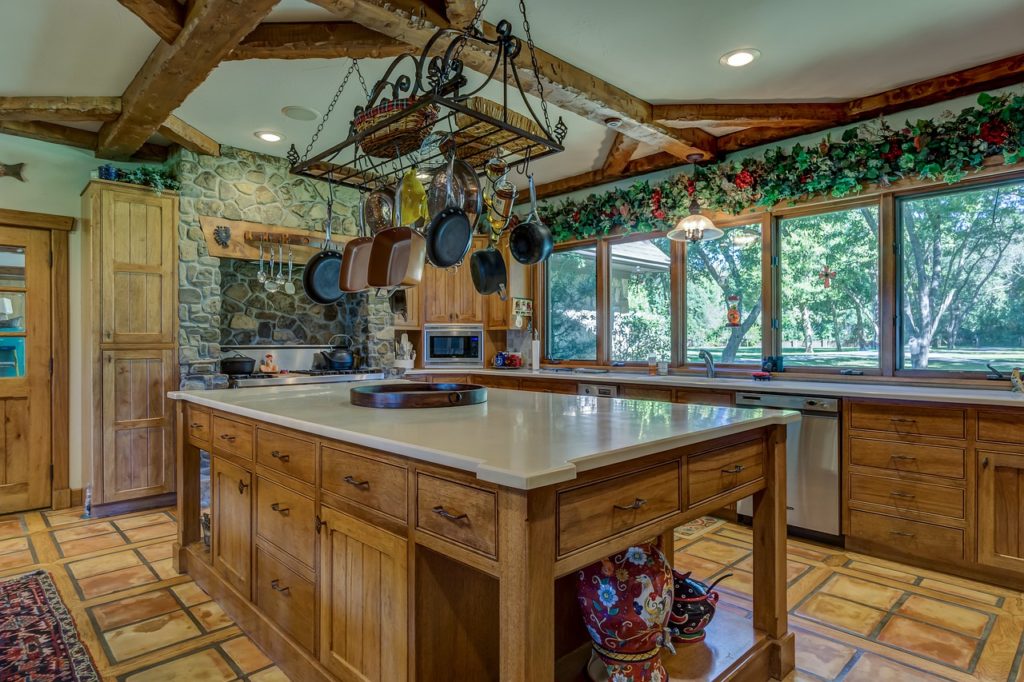
External fixtures
These are fixtures that can be installed outside the building for practical and aesthetic purposes. The most common examples include:
Bollards: Used as a substitute for fencing, limiting access to vehicles and separating pedestrians.
Street furniture: This includes benches, baskets, bicycle stands, tree guards, lighting, signage and more. The layout and preparation of these features can be used to create a period theme in a town or city environment. For example, put an iron bench in a Victorian theme. Stainless steel or wood can be used in a more modern or natural design.
Shelters: These elements may need protection. Base Poke Shelters are often provided by manufacturers for a variety of purposes, ranging from smoking in office buildings to bicycle shelters, bicycle shelters, bus shelters, sports shelters and the like.
External drainage
- Called sanitary pipework, while underground pipework is known as sewage and sewer. Both carry used water from toilets, sinks, basins, baths, showers, beds, dishwashers and washing machines.
- Surface water drainage: It consists of structured water from rain, thunderstorms and melting snow/ice. The aforementioned groundwater guttering and rainwater pipes are collectively termed roof drainage. Underground pipework is known as surface water drains and surface water sewers.
- Sustainable Urban Drainage System: SUDS provides and may include and replace alternative to traditional drainage systems. Filter strips and drains, swales, permeable surfaces, basins and ponds, underground storage, wetlands, etc.


External services
External services might include:
- Water mains supply.
- Electricity mains supply and distribution.
- External transformation devices (wind turbines, solar panels, satellite dishes).
- Gas mains supply.
- Telecommunications and another communication system
- Fuel storage and piped distribution systems.
- External security systems.
- Site/street lighting systems.
- Irrigation systems.
- Local/district heating installations.
Ensuring that the supply of development work is vital not only for the completed development but also for the construction itself. Developers must ensure that current site information is retrieved. , And surveys were conducted to determine the position, extent and capacity of existing services. They must agree with the provider, the design of any new infrastructure that it requires, who will provide it, who will adopt it, and any charges, as well as proper testing, inspection, certification, connection (or disconnection). , Installation of meters, etc.
Utility costs can be significant, depending on the initial cost of installation (especially if the current supply is not present or if the current supply is insufficient) and the bills issued during the operation. It is important to ensure that the best deal is obtained from the providers and, if possible, alternative pricing.
During the construction, the contractor must arrange for water, electricity and telecommunication services so that the site works.
Minor building works and ancillary buildings
Buildings may require site service during construction, which is usually removed after completion, such as storage facilities, sanitary facilities, washing facilities, changing rooms and lockers, canteens, site offices, etc.
Minor building tasks may include tasks such as reducing existing buildings and limitations, builders work on-site services, etc.
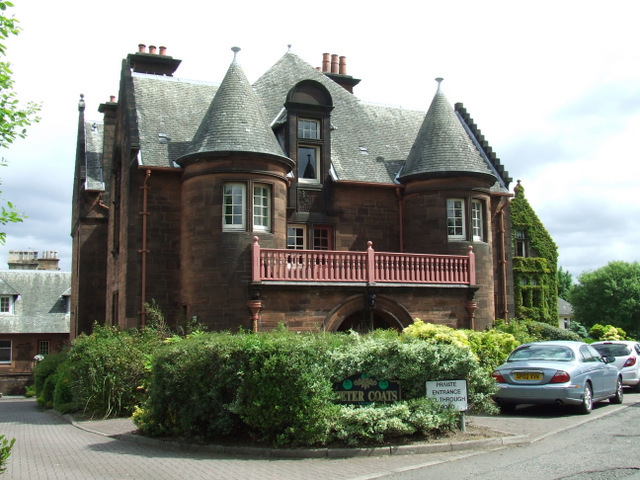
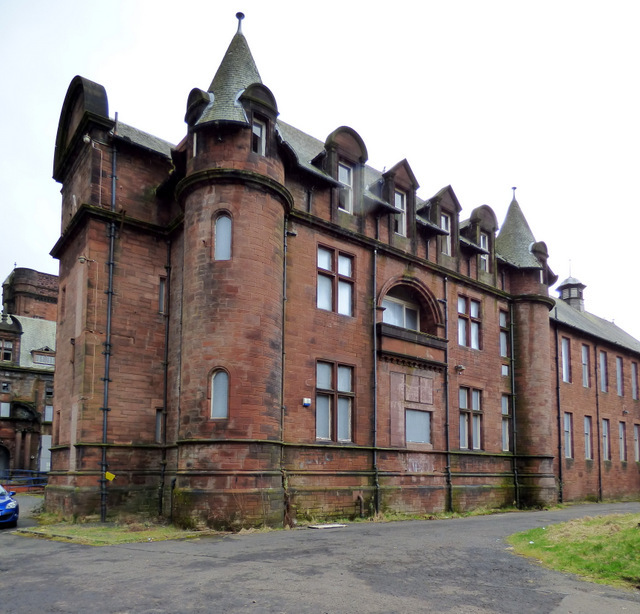
Related articles on Designing Buildings Wiki
- BREEAM Hard landscaping and boundary protection.
- External environment.
- Garden.
- Groundworks.
- Landscape design.
- Mobilisation.
- NRM3.
- Site area.
- Site layout plan for construction.
- Stakeholders.
- Statutory undertakers.
- Sustainable urban drainage systems.
- Temporary works.
- Third-party dependencies.
- Underpinning.
- Utilities.

